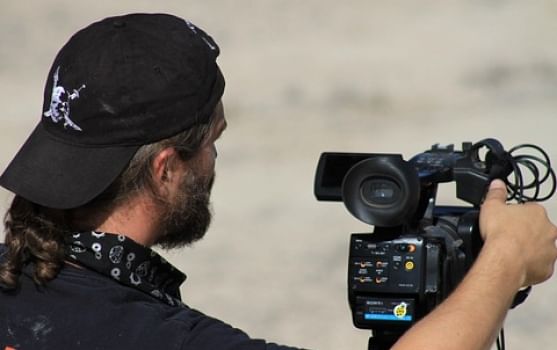Does video translation require separate transcription and translation experts?

Transcription and translation are two very different tasks. A transcriptionist takes a video or audio file and delivers its contents in a written format by typing out the spoken sections along with any other significant noises on the recording. A translator converts a document – whether a written document or a video or audio file – from one language to another. So, which does your business need?
To transcribe or to translate, that is the question
If your company has a video or audio file that you need to convert to another language, it’s not necessary to hire both a transcriptionist and a translator. It is usually easier and more cost effective to engage a video translation expert to undertake the whole job in one go.
Video translators are individuals who not only speak two (or more) languages fluently, but also provide the specific skills necessary for working with video and audio files. These include the ability to transcribe the file, to timestamp the resulting copy and to provide subtitles in the target language.
The video translation process
The transcription part of the process is the first step in video translation. The translator types out a log of the audible elements of the file. They then timestamp the document to show where the scene changes, where another individual starts speaking, etc. This part of the process is essential for ensuring that the final translation works – as any voiceover or subtitles applied to the video in the target language must match the images on the screen. If the timing is out, the video can quickly descend into nonsense, as the words being spoken or appearing on the screen won’t match the images.
Subtitling is also a skilled area of work. Subtitles differ from closed captions, as subtitles assume that the viewer can hear the audible elements of the video – doors closing, thunder crashing, etc. Closed captions assume that the viewer cannot hear, so provide more description around the non-verbal elements of the video. In either case, it requires accuracy and skill to produce the written element of the video.
Similarities between transcription and translation
While transcription and translation are distinctly different tasks, many of the skills required of those who undertake them are the same. In both cases, a high level of accuracy and superb attention to detail are very important. In addition, both transcriptionists and translators need to possess an excellent vocabulary and be able to spell exceptionally well if they are to work at a decent pace.
As such, it’s important that business clients aren’t tempted to cut corners when it comes to finding the right video translator. Only specialist, experienced translators should be used for video translation projects.
How to find the perfect video translation professional
If your business is ready to start translating its videos, it’s time to find the perfect translator. With so many freelancers translating through sites like Upwork and Fiverr, plus a whole host of translation companies out there, it can be hard to know where to begin.
Firstly, be clear on what your budget is and how soon you need the translation. Next, decide whether you want to use a freelancer or an agency. Freelancers can be cheaper (but certainly aren’t always), while agencies come with less risk (they have access to multiple translators, so if one becomes unwell and can’t work, they can easily find another translator).
Whichever route you take, be sure to grill the translator on their video translation experience and how they ensure their work is of the highest quality. Check timeframes and translation costs as part of this process and you should end up with the perfect video translator for your needs.
Final thoughts
Video is a powerful tool for reaching out to existing customers and new audiences alike. Be sure to engage a specialist translator in order to help your video succeed in multiple languages.
CATEGORIES
STAY INFORMED
Subscribe to receive all the latest updates from Tomedes.
© Copyright 2007-2022 TOMEDES. All Rights Reserved.


Post your Comment